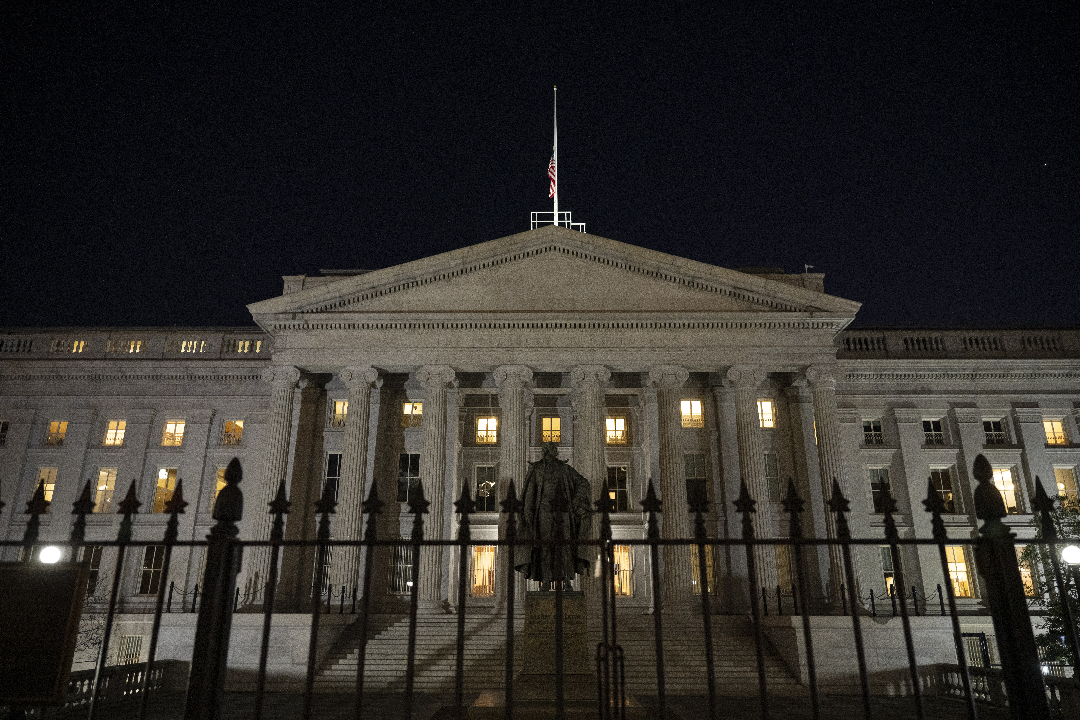The dollar’s role as the world’s key currency is generally viewed as a boon for the US economy. President Donald Trump and some of his closest allies, chief among them Vice President J. D. Vance, are not thrilled by this fact, however, and have made a weaker dollar a key component of the administration’s economic policy program. Their commitment reflects the view that the United States’ trade balance has been the main driver of secular decline in US industrial employment.
The stated policy of US officials since at least Robert E. Rubin, former Treasury secretary and key architect of Bill Clinton’s ill-fated completion of the Reagan revolution, has been not to view dollar strength as an impediment to US interests and to let the exchange rate drift according to market forces. By contrast, Trump and some of his key allies and advisors — particularly Vance and archprotectionist advisor Robert Lighthizer — have advocated for “balanced trade” with China and the rest of the world.
A generous construal of this strategy is that, in addition to being a revenue generator and geopolitical bargaining method, it intends to skewer the trade deficit on two prongs: while tariffs are supposed to reduce imports by raising the cost of consuming them, a sharp devaluation of the dollar relative to the currencies of the United States’ key trading partners would boost exports by lowering the cost of American tradable goods. Since consumption (of imports) in excess of domestic production ultimately requires external financing, the aim would be to render the economy less reliant on external demand for dollar assets, while resuscitating industrial production at home.
…
Auteur: Dominik A. Leusder

